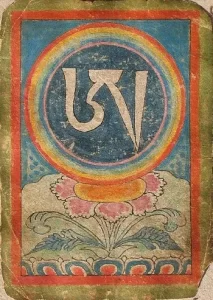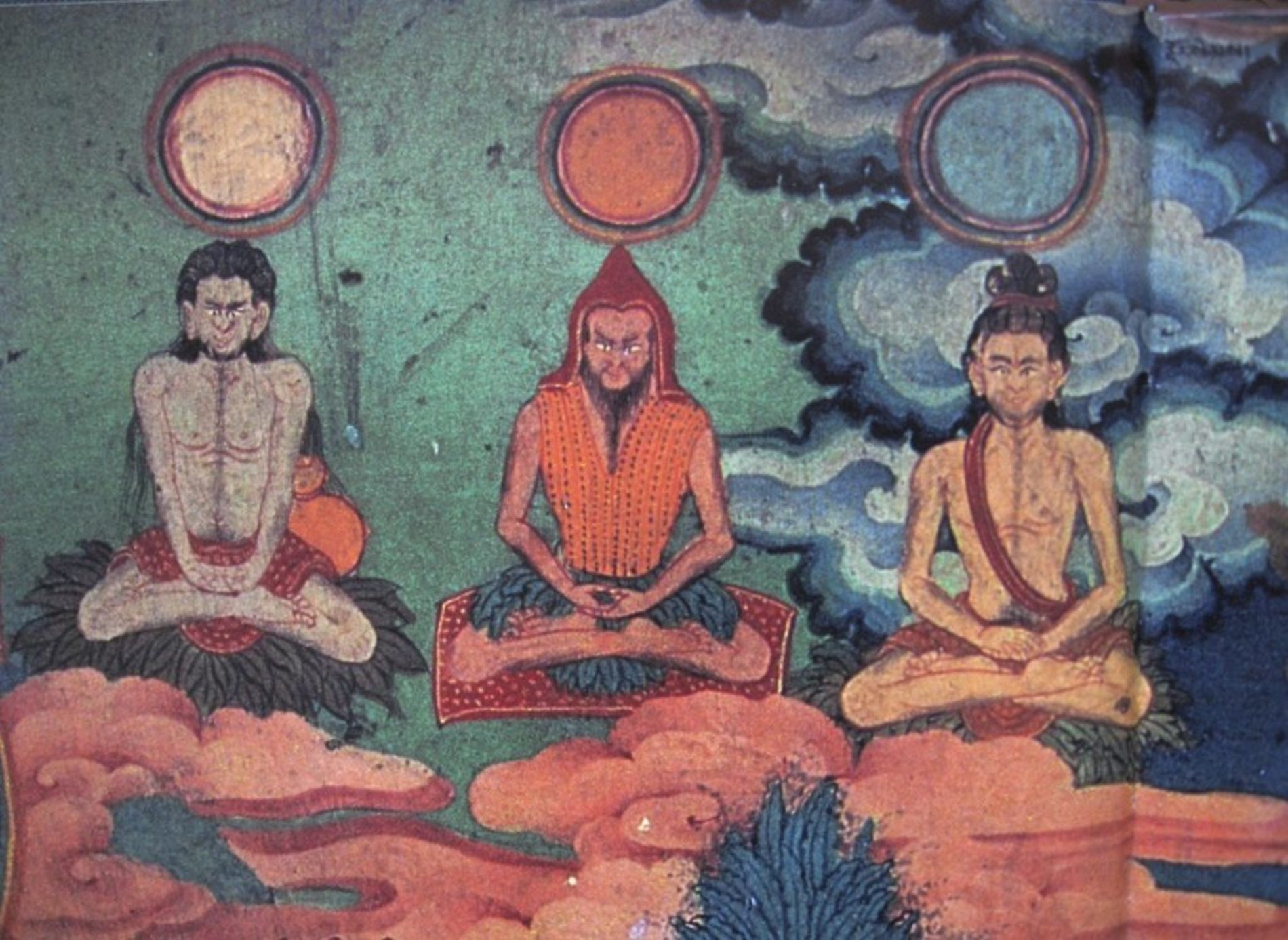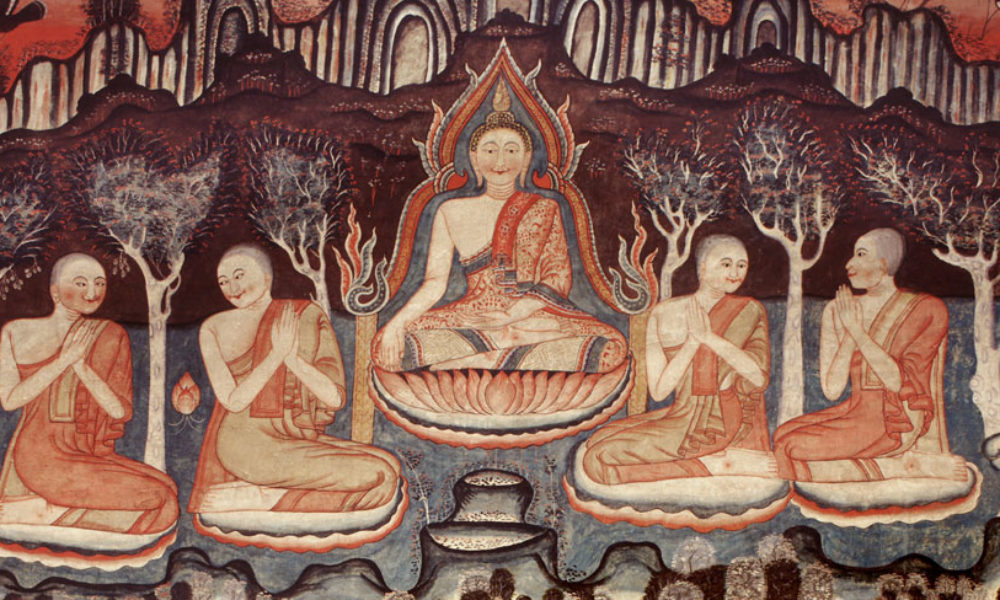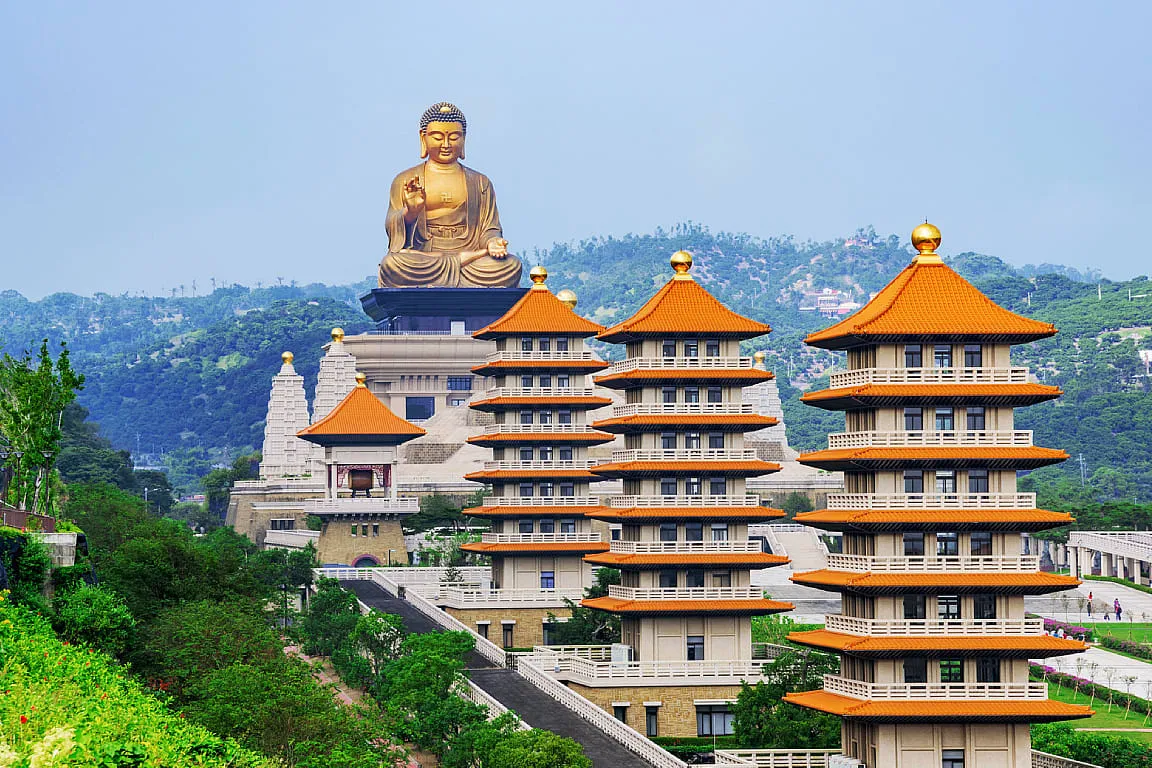The practice of calm abiding meditation serves as the cornerstone of Buddhist meditation techniques. Establishing a firm grounding in this fundamental practice is essential for achieving mental tranquility and clarity. Traditionally, practitioners dedicate months or even years to mastering calm abiding meditation, fully immersing themselves in its principles and experiencing its transformative effects before exploring other meditation methods.
Calm abiding practice is integral to cultivating awareness and mindfulness in Buddhist meditation. This foundational technique is aimed at training the mind to attain stillness, sharpen focus, and heighten alertness. Through consistent engagement in calm abiding, practitioners develop the essential mental qualities necessary for deeper levels of meditation and spiritual growth. Regardless of one’s level of expertise, practitioners can always return to the practice of calm abiding, reaffirming its enduring significance in the journey towards inner peace and enlightenment.
Calm Abiding Meditation, also known as Shamatha in Sanskrit and Shine in Tibetan, is a foundational practice in various contemplative traditions, including Buddhism and Hinduism. At its core, Calm Abiding Meditation involves training the mind to remain focused and undisturbed by external distractions or internal chatter. Unlike some forms of meditation that emphasize visualization or mantra repetition, Calm Abiding Meditation centers on developing single-pointed concentration.
How to Practice Calm Abiding Meditation:
Consistency in practicing calm abiding with the same object enhances its effectiveness, fostering a deeper connection to the sacred and inspiring greater mindfulness. Throughout the practice, practitioners refrain from even minor movements, maintaining immobility to deepen their meditative experience. Despite any physical discomfort, practitioners remain steadfast in their focus, harnessing the power of natural breathing to complement their meditative journey.
Begin the practice by sitting in the five-pointed meditation posture:
- the legs crossed,
- the hands folded in the lap in meditation position with palms up and placed one on top of the other,
- the spine straight but not rigid,
- the head tilted down slightly to straighten the neck,
- the eyes open.
The eyes should be relaxed, not too wide open and not too closed. The object of concentration should be placed so that the eyes can look straight ahead, neither up nor down. During the practice try not to move, not even to swallow or blink, while keeping the mind one-pointedly on the object. Even if tears should stream down your face, do not move. Let the breathing be natural.
Generally, for practice with an object, we use the Tibetan letter A as the object of concentration. It is good to use something connected to the sacred, as it serves to inspire you. Also, try to use the same object each time you practice.

If you wish to use the Tibetan A you can write it on a piece of paper about an inch square.
- Find a Quiet Space: Choose a quiet and comfortable space where you can sit undisturbed for the duration of your meditation practice.
- Assume a Comfortable Posture: Sit in a relaxed yet upright posture, either cross-legged on the floor or on a chair with your feet flat on the ground. Keep your spine straight but not rigid, allowing for natural alignment.
- Settle into Stillness: Close your eyes gently or maintain a soft gaze, whichever feels more natural to you. Take a few deep breaths to settle into the present moment, letting go of any tension or concerns.
- Focus on the Breath: Direct your attention to the sensation of the breath as it flows in and out of your nostrils or fills your abdomen. Notice the rhythmic pattern of inhalation and exhalation without trying to control it.
- Cultivate Single-Pointed Focus: As thoughts, emotions, or sensations arise, acknowledge them without judgment and gently guide your focus back to the breath. Gradually, your ability to sustain attention will improve, leading to greater mental stability and clarity.
- Practice Regularly: Consistency is key to mastering Calm Abiding Meditation. Start with short sessions of 10-15 minutes and gradually extend the duration as you become more comfortable with the practice.
Benefits of Calm Abiding Meditation:
- Enhanced Concentration: By training the mind to focus on a single object, Calm Abiding Meditation strengthens concentration and cognitive abilities, improving overall mental acuity and productivity.
- Stress Reduction: Regular practice of Calm Abiding Meditation has been shown to reduce stress levels by promoting relaxation and fostering a sense of inner calm. It provides a refuge from the pressures of daily life, allowing practitioners to respond to challenges with greater resilience.
- Emotional Regulation: Through mindful awareness of thoughts and feelings, Calm Abiding Meditation cultivates emotional resilience and stability. Practitioners learn to observe their inner experiences without being swept away by them, leading to greater emotional balance and well-being.
- Heightened Self-Awareness: As the mind settles into stillness, practitioners gain insight into the workings of their own minds, uncovering habitual patterns of thought and behavior. This increased self-awareness fosters personal growth and self-transformation.
- Improved Health: Numerous studies have demonstrated the physical health benefits of meditation, including lowered blood pressure, improved immune function, and better sleep quality. Calm Abiding Meditation, in particular, promotes holistic well-being by integrating mind, body, and spirit.
Integrating Meditation into Daily Life:
While the formal practice of Calm Abiding Meditation typically occurs in a seated position, its benefits extend far beyond the meditation cushion. Integrating mindfulness into daily activities, such as walking, eating, or working, allows practitioners to infuse moments of ordinary life with presence and awareness. By bringing mindful attention to each moment, individuals can cultivate a deeper sense of connection with themselves, others, and the world around them.
Conclusion: In a fast-paced world fraught with distractions and demands, Calm Abiding Meditation offers a sanctuary of stillness and clarity. Through disciplined practice, individuals can cultivate inner peace, resilience, and wisdom, empowering them to navigate life’s challenges with grace and equanimity. As we embark on the journey of self-discovery and transformation, may we embrace the profound teachings of Calm Abiding Meditation and awaken to the boundless potential within.
In the silence of meditation, we discover the symphony of our souls.
The difference between Samatha and Vipassana Meditation – click here to learn more
Calm Abiding Meditation with Pema Chodron




